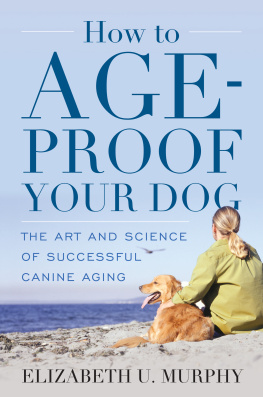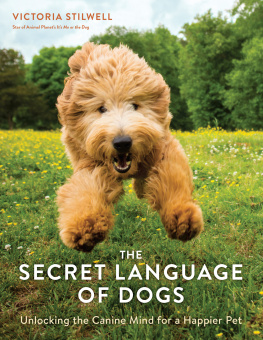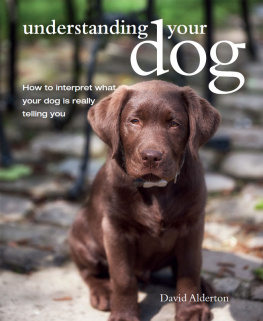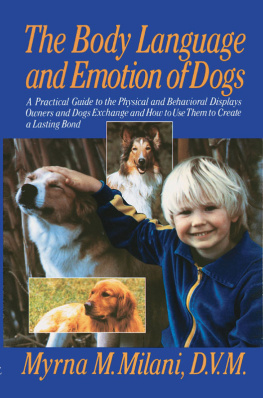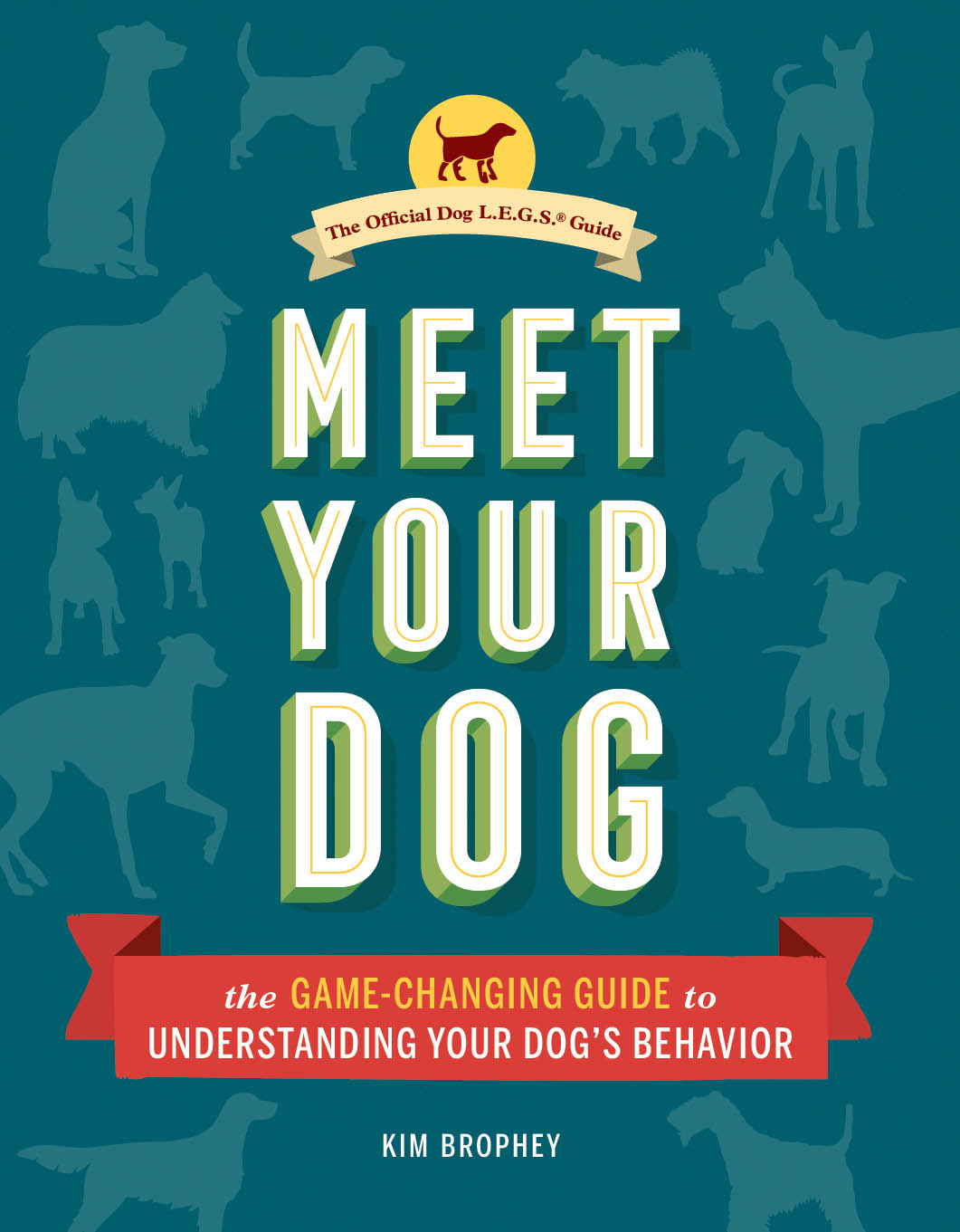


Dedicated to the late Raymond Coppingerthe father of the modern canine science movement, whose lifes work revolutionized our understanding of dogs.
Your honesty, humor, and friendship were never lost on those of us lucky enough to know you.
Copyright 2018 by Kim Brophey
Foreword copyright 2018 by Raymond Coppinger
Photographs copyright 2018 by Jason Hewitt
All rights reserved. No part of this book may be reproduced in any form without written permission from the publisher.
Library of Congress Cataloging-in-Publication Data is available.
ISBN 978-1-4521-4899-1 (hc)
ISBN 978-1-4521-4930-1 (epub, mobi)
Design by Hillary Caudle
Chronicle Books LLC
680 Second Street
San Francisco, CA 94107
www.chroniclebooks.com
CONTENTS
FOREWORD
Raymond Coppinger
Professor Emeritus of Biology, Hampshire College
I wish I had read this book fifty years ago when I first started to train dogs.
Back then I was a college professor with a team of sled dogs, which were part of my professional academic research. I published dozens of scientific papers, often with my students, about the neurophysiology and anatomy that help make a successful sled dog.
Toward the end of the 1970s, my wife Lorna and I started the Livestock Guarding Dog Project at Hampshire College, where we raised and trained pups to protect American sheep from predation. Eventually we had records on over 1,500 dogs, most of them descendants of the original imports that we had collected in Eurasia as breeding and working stock. We placed them on farms and ranches where they did a brilliant job defending livestock.
In those early days of introducing this relatively unknown type of sheep dog to Americans, people would ask if you could train a dog to both herd and guard sheep. Could one dog do both jobs? We didnt know the answer. So Lorna and I went to Scotland on our way home from a field trip with a pile of puppies from Italy and Yugoslavia, and bought ourselves six border collies. Many of the pups were born on the same day. Thus, we had a controlled experiment going where we raised those pups in a large pen for almost a year and watched their behavioral development. What we found was that each breed was different in the timing of their development. They also acquired very different kinds of behaviors.
So, we got our answer: Nodogs did not develop with joint guarding and herding abilities.
It was during that experiment that I acquired the most difficult dog of my lifeJane, one of the six Scottish border collies. She was an intense drovers dog, so when I put her on a mountain road behind 3,000 sheep, she would work all day long pushing them up the mountain. We herding guys would sit on the roadside playing cribbage and someone would say, Shouldnt someone go and check on that dog? And someone would answer, Naw, shes all right. She was a hard worker.
But in the van on the road, shed drive me nuts. I had this little red van with a bunk bed behind the drivers seat. Jane would stand on the bunk and vigorously eye-stalk passing cars, wiping her nose along the window as she did it. By the end of the day the window would be opaque with dog drip. If I put her in a crate, she would whine and scratch continuously or jump at imaginary objects. I didnt understand why her behavior was so compulsive. Im embarrassed to admit it, but I just thought of her as a bad dog.
Meet Your Dog helped me see Janes experience in an entirely new light. Jane was essentially trapped in the van for hours, even days, when we were on a long trip. All the time her sensitive herding dog nerve endings were tingling inside her as the pent up energy built. A car passing was enough to release her innate herding behaviors. Even when I put her in the crate, the flickering movements of light released the motor patterns she had been bred to display. Janes genetics and environment were clashing, resulting in her compulsively displaying the very behaviors that made her a great droving border collie.
What I now realize from reading Meet Your Dog, is that, in a sense, I had taught her how to deal with her own impulses. The only way she could feel comfortable in the environment I provided was a way that drove me out of my mind.
What I like about Kim Bropheys book is that it helped me understand what was going wrong with Janes experience, but also what was wrong with my expectations of her. It also allowed me to connect the dots between my experiences with Jane and the larger context of the puppy herding/guardian experiment. The relationship between genetics, environment, and behavior is an important one that we cant afford to overlook.
Meet Your Dog is an original book that will lead even the best of us dog people to think about both dog behavior and our own behavior in new ways. It is an important book that creates a bridge between behavior science and its daily practical application by dog owners and trainers. I truly wish I had had this book to read fifty years ago.

INTRODUCTION
Y ou scour the internet for hours reading personal profiles and gushing at the pictures of adorable faces. You find a prospect. You are captured by him and arrange a meeting, hoping for chemistry with that special companion youve been looking for. Maybe youre getting over a recent heartache; it took months to get over him, but the empty house has gotten the better of you, and youre ready to take the risk again. Life just isnt the same without that kind of lovethe magic between you and your dog.
This canine relationship has the potential to be one of the most meaningful partnerships we will ever know. It is unlike anything else in this worldan honest and vulnerable friendship that invites us to exchange our own natural innocence, playfulness, and affection with another in ways not generally available in our relationships with other people. But as in all relationships, there is more to success and harmony over the long haul than just an emotional connection. There are certain natures, needs, desires, and expectations that a person and a dog each bring to the table. And theres a lot more to the story than the warm, fuzzy feelings of love at first sight.
If youre like most dog owners out there, youve come face to face with this reality somewhere along the way. When the honeymoon is over, you discover that a happy life with your four-legged partner may be a little more complicated than you had anticipated. But dont panic. Dogs are more forgiving than most people, and are almost always ready and willing to cooperate as soon as some reasonable expectations can be established in the relationship (which might be more than you can say for your ex). When trouble arises in canine paradise, its often because we as owners have lost sight of (or never knew about) certain critical factors that affect our dog.
Its far too easy to get caught up in the romantic notion of the perfect companion, holding every dog to a single black-and-white standard of our imagined ideal. In reality, of course, there is no such thing as a good or bad dog, any more than there is a good or bad human partner. What it comes down to is largely just compatibility between two creatures basic natures, needs, and circumstances. Getting exasperated about all the stuff we dont like about our friendtaking it personally and trying to change him according to our fixed standardis simply a waste of time. Though well-intentioned, our habit of treating every dog generically according to our concept of what a good dog is, while disregarding their inherent differences, may pave the way to some seriously undesirable ends.
Next page



